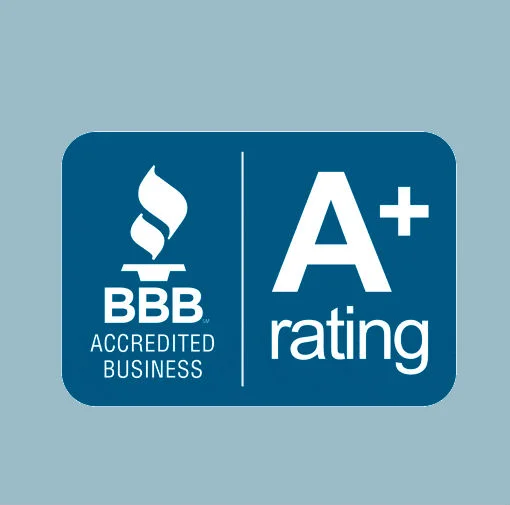Doctors, Please Watch Your Language. When Medical Jargon Kills the Marketing Message.
I don’t know anyone who isn’t occasionally guilty of using “medical-ese.” It's the verbal shorthand, technical talk, healthcare jargon, slang or hospital lingo that spells trouble. Doctors, nurses, hospital marketing executives, and practice administrators are all experts, but our audience is not. And we kill our well-intended message quicker than you can say "hyperlipidemia."
The big idea here is to write and speak in plain language. Physicians and healthcare providers know a lot about medicine, but consumers don’t. Communicators and healthcare marketers need to fit words to the audience. Making things simple and easy to understand is never an issue if it communicates clearly.
Yes, we know that you know that, but it still happens. Just consider this a friendly reminder for the benefit of your practice, hospital, company and/or patients.
Here are a few “failure to communicate” examples, and what to do instead.
- Ads that feature the treatment, surgery or technology, not the benefit. Proudly, the newspaper ad headline declares, “The Only 16 Slice CT Scanner in Hamilton County.” Or the list of dental services including “oral prophylaxis,” “ortho parameters” or even “periodontal” treatment.
- Talking to doctors on a patient website. Videos, photos and slides are good material for a practice website as long as they speak to the consumer and not other providers. A well-intended surgeon we know posted the PowerPoint slides from his presentation to a national academy meeting. Good stuff for other doctors, but way too technical for his website that targets patients.
- Simple words can have different meanings. In an excellent article at Kaiser Health News, “Javed Butler, a heart surgeon at Emory University Hospital in Atlanta, said one obstacle to improving health literacy is the language that doctors typically use. "When we say 'diet,' we mean 'food,' but patients think we mean going on a [weight control] diet. And when we say 'exercise,' we may mean 'walking,' but patients think we mean 'going to the gym.'”
- Your reputation does not always precede you. “Dr. Jones” might be the most professionally respected gastroenterologist on the planet, but few patients, or prospective patients, will recognize the name. For that matter, they may not know what a gastroenterologist is or does. Like it or not, a doctor’s name is seldom a standalone benefit statement.
- Use Internet keywords that are audience-appropriate search terms. Prospective patients often look for healthcare information online, but their vocabulary--and the search terms they use--is relevant to their need. Research and use keywords that match commonly-used search terms.
Give everything—we mean everything—a fresh read for clarity and understanding. Healthcare marketing and advertising materials, such as ads, news releases and online, are primary. But apply the same tests to hospital signs, patient instructions and even conversations at the front desk.
There are more health literacy examples in the Kaiser article. And if you’d like a little candid conversation with us about clear and effective marketing materials, connect with us here.
Related Articles:
When Doctors Say They Want Marketing (But They Really Don’t)
Misused and Confused Words of Marketing and Advertising
Are Your Words and Pictures Confusing, Irritating or Just Outdated?
Doctor Marketing: The Word Power in What You Say vs. How You Say It
A Civilized Year-end Rant: Marketing Blunders That Makes Us Pull Our Hair Out










